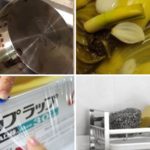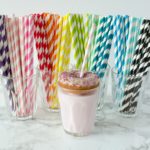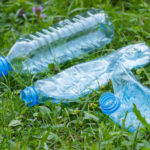There have been numerous reports on the harmful effects of plastic cups and polystyrene lunch boxes on both health and the environment. Typically, expanded polystyrene is used to make these lunch boxes, and during the manufacturing process, styrene residues remain, even in small amounts. When hot food, oily substances, or acidic foods are placed in these containers, the styrene is released and absorbed into the food. Styrene is a toxic substance that can cause cancer and neurological issues such as memory loss, lack of focus, and impaired hearing and vision.
Due to these health concerns, many businesses have introduced products made from bagasse, a material that is usually discarded after sugar cane juice is extracted. I quickly ordered this set of products online and am sharing my experience to give you an idea of what they are like.
1 First Impressions
The specific products I ordered were a cup, bowl, and plate, all made from bagasse by the manufacturer. In terms of appearance, these three items look no different from the paper cups and plates found in supermarkets. However, one feature that I particularly liked was the slightly textured surface, which provides a secure grip and prevents slippage.
What I didn’t like as much about these products was their simplicity. The edges are completely plain and devoid of any patterns or designs. If you regularly use paper cups, this may not be an issue, but for me, these bagasse products are relatively expensive, and the lack of any decorative elements makes them less appealing for taking photos to post on Facebook. But if you don’t mind this, it’s not a problem.
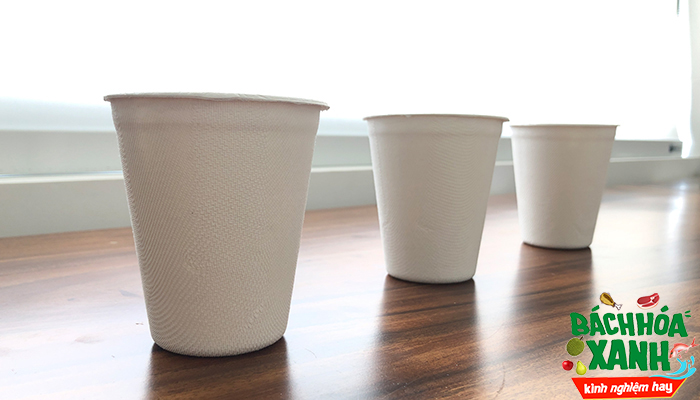
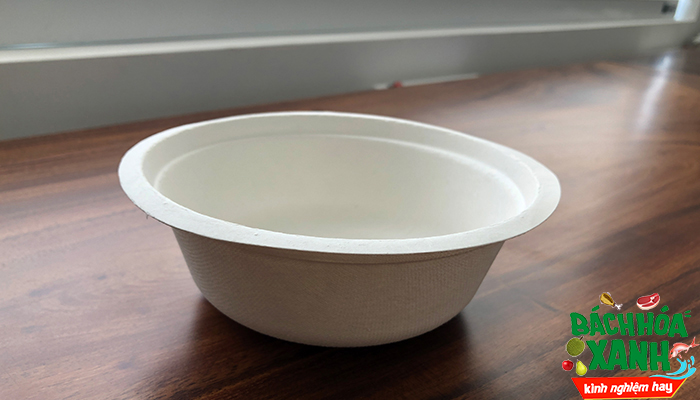
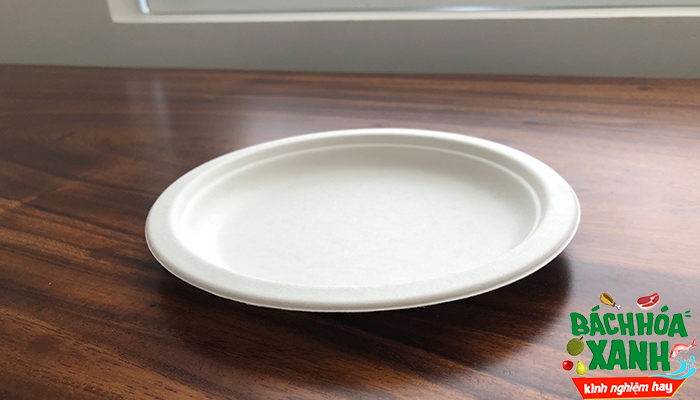
Appearance is only a small part of the picture; the real test is in using the products. To expedite the “trial” process, I decided to use two cups—one for drinking water and placing in the microwave, and the other for putting in the refrigerator.
Polystyrene containers, which are commonly used, are typically made of PS plastic. This type of plastic is only suitable for cold food or uncooked food. However, when used with hot food, it releases styrene, a highly toxic compound that can affect the liver, nervous system, and senses, and may even cause cancer.
On the other hand, bagasse cups and products are generally organic, safe for hot food, and can withstand oil temperatures of up to 100 degrees Celsius. They can also be used in microwaves. Therefore, investing in these products is undoubtedly worth it for the sake of your health.
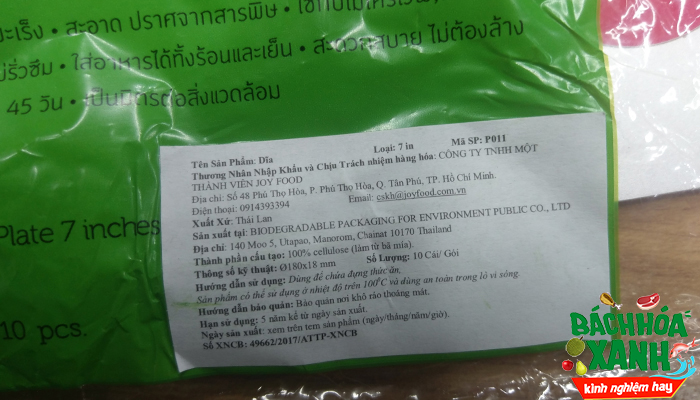
When I first read the manufacturer’s information, I was skeptical that bagasse, being a delicate material, could withstand the high temperatures of a microwave. So, I decided to test it out.
In my first attempt, I placed an empty cup in the microwave and set it to the highest power level for 3 minutes. The results were disastrous, as the cup turned black and emitted a smoky odor.
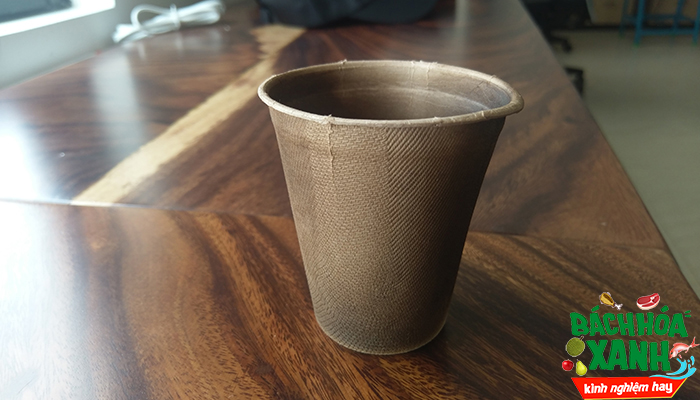
For my second attempt, I learned from my mistake and used a different cup, this time with a bagasse bowl filled with water. I set the microwave to “Medium-High” for 3 minutes. To my surprise, both the cup and the bowl remained intact without any signs of deformation. Had I used a plastic or polystyrene container, it would have undoubtedly softened and warped.

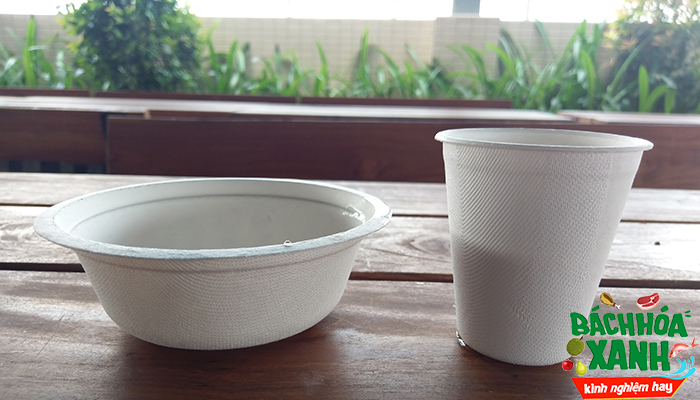
After subjecting the cup to the microwave test, I decided to fill it with ice and use it while working to see how durable it was.
Initially, the cup felt quite stiff and sturdy. After about an hour, it started to soften slightly, but it still maintained its rigidity and toughness compared to ordinary plastic cups.
To my surprise, even in the late afternoon, around 3 p.m., the cup remained in excellent condition, showing no signs of tearing. You can confidently use a bagasse cup throughout the day without any worries.
As the workday came to an end, I retrieved the cup I had placed in the refrigerator that morning. Like the cup I had been using, it showed no signs of softening or easy tearing. Instead, it retained its flexibility and sturdiness.
3 Final Thoughts
After a day of trying out these bagasse products, I noticed several positive aspects.
Health and Environmental Protection
Firstly, and most importantly, these products protect your health and the environment. Made from 100% biodegradable materials, they do not release any toxic substances when exposed to high temperatures, unlike the plastic cups and polystyrene containers commonly found on the market.
In addition to safeguarding your health, bagasse products also contribute to environmental protection. When disposed of, they naturally decompose within approximately six weeks, which is significantly faster than plastic or polystyrene, which can take up to 500 years to fully break down.
Durability
Apart from their health and environmental benefits, bagasse cups, bowls, and plates offer excellent value for money due to their durability. Whether subjected to high temperatures in a microwave or used for drinking water throughout the day, these products remain sturdy and resistant to tearing, which is a common issue with paper cups available on the market.
Convenience and Civility
These bagasse products are also convenient and civilized. Their compact size and easy availability at convenience stores make them perfect for travel, picnics, or outdoor activities with friends. After using them, you can confidently dispose of them in the trash without worrying about their environmental impact, making them a civilized choice.
Disadvantages
The only disadvantage I found with these products is their price. I purchased a set of 30 items, including cups, plates, and bowls, for 88,000 VND, which equates to approximately 3,000 VND per piece. This is quite expensive compared to plastic cups and polystyrene containers. However, considering the health benefits, it may be a worthwhile investment.
Additionally, the limited designs and lack of attractive patterns or decorations may be a turn-off for those who enjoy novelty and aesthetically pleasing tableware.
In conclusion, I’ve had the opportunity to try out these innovative and safe bagasse products. With the growing emphasis on health and environmental protection, I hope these products become more popular and affordable, making them accessible to everyone.
You can find similar products at [retailer name].
For more interesting information, visit [website].
Secure, Environmentally-Friendly Kitchen Products
As awareness of environmental pollution continues to rise, the demand for eco-friendly products is also increasing. These items not only provide benefit to the planet, but they can also contribute to improved health and well-being. Consequently, these products have become a key component of the green movement.

























